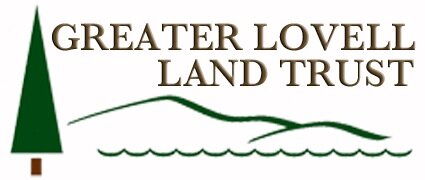Water Loggers
THE LATEST TECHNOLOGY TESTING OUR WATERS
Heinrich Wurm, Water Quality Chair, Kezar Lake Watershed Association
FROM THE 2017 EDITION OF LAND, LAKES & US MAGAZINE
Water bodies large and small mirror the health of their ecosystems. Western Maine’s lakes and ponds are no different. They submit to the onslaught of natural and man-made impacts throughout the watershed and battle to absorb, buffer, or flush whatever comes their way—rain and storm-water carrying atmospheric pollutants; phosphorus from our backyard fertilizers; road salt, sand, and silt washed from paved and impervious surfaces; nitrogen from pet, wildlife, fish, and bird waste—the list is long. Our role is to identify, mitigate, and, whenever possible, prevent these threats in order to keep the lakes healthy for the generations to come.
Locally, members of the Kezar Lake Watershed Association in partnership with surrounding towns and scores of volunteers, have been at work for decades to protect the water bodies from environmental assaults. Keeping an eye on water quality, creating ordinances and, more recently, monitoring the new threats that a changing climate presents us.
KLWA has secured a grant from a foundation whose trustees have ties to the area. The support will help this process along. Under the headline “A Comprehensive Health Plan for the Kezar Lake Watershed,” the KLWA team outlined a project that combines upgrades in monitoring activity with education and research. We will upgrade our monitoring system and examine the chemistry and health of our tributary streams. The education program brings the Maine Lake Association’s floating classroom, the pontoon boat “Melinda Ann,” to Kezar Lake this June for a hands-on learning experience for our local school children. For adults, a “Handbook for Lake Dwellers”—residents and visitors alike—is in development to provide information on how to enjoy our lakes responsibly.
But back to our loggers: They are matchbox-sized, battery-powered mini-computers deployed on a moored buoy, They are capable of sensing and storing a large amount of data over time. Water temperature and oxygen content are major determinants of water quality, and we will use combined temperature and oxygen sensors at increasing depths. Thus, instead of snapshots of lake water data obtained during sampling expeditions, the loggers allow us to create 24/7 data streams from mid-May to mid-October. As the data is collected and compiled, seasonal changes in temperature profiles emerge and the true threat of critical measures such as low oxygen periods can be assessed with greater accuracy.
The system has already been deployed by our scientific partners, FB Environmental in Lake Watchic near Standish, Maine. Kezar Lake will have two such logger buoys located in the Upper Bay at the deep hole and in the Lower Bay east of Buck Island. These 12” diameter rubber buoys will be clearly visible but can withstand a boat strike without damaging either boat or instruments below.
Once installed and functional, the system allows us to adjust sensor depth, update software, and add capacity as the technology advances. Larger and far more complex data buoy systems relay data in real time, are solar powered, and have additional light and color sensors, but can interrupt the lake vista. Using a minimally intrusive system was extremely important to us. The two red orbs will keep a very low profile and interfere minimally with scenic views and recreational activities while providing insight and information that will help to protect the water quality and ecosystem of Kezar Lake into the future.

